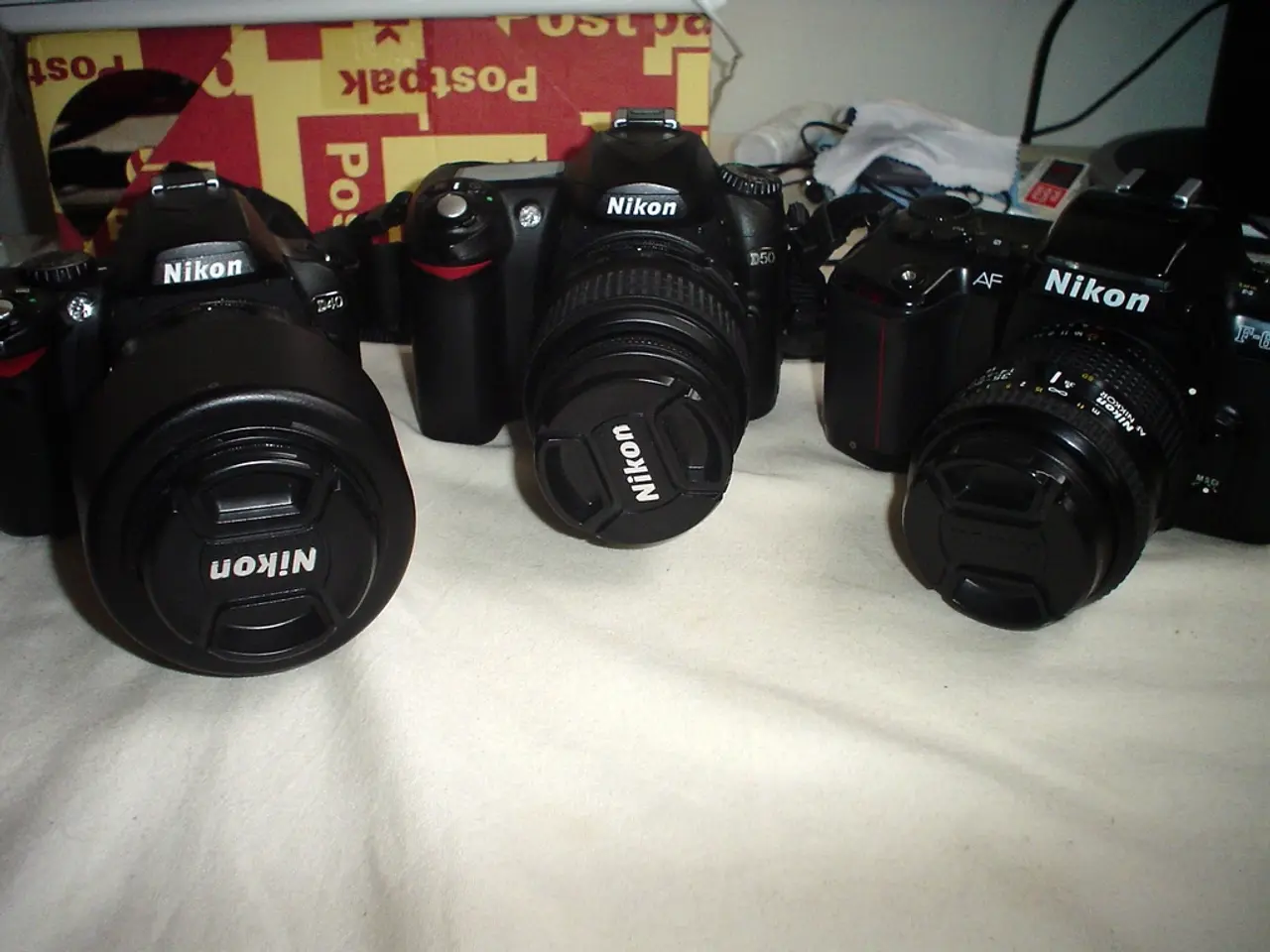Guide on Using OpenCV with Python Programming Language
In the ever-evolving world of computer vision and machine learning, OpenCV has emerged as a powerful and versatile tool. This open-source library offers a wide range of functions for image and video processing, object detection, and more, making it a popular choice among developers.
OpenCV's extensive community support and its freedom to use have made it a go-to library for numerous projects. Some of these projects include Invisible Cloaks, Unsupervised Face Clustering Pipelines, Vehicle detection in video frames, and Counting number of Faces, to name a few.
The library also offers a variety of essential functions for handling images, such as reading (cv2.imread()), displaying (cv2.imshow()), and writing (cv2.imwrite()) images. With OpenCV, users can perform image transformations like resizing (cv2.resize()), rotating (cv2.rotate()), and converting color spaces (cv2.cvtColor()).
When it comes to object detection, OpenCV provides functions like cv2.CascadeClassifier() for detecting objects, cv2.findContours() for finding shapes, and cv2.HoughCircles() for detecting circles. Advanced image manipulation techniques like template matching (using cv2.matchTemplate()) and cartooning an image (using a combination of functions like cv2.line(), cv2.circle(), and cv2.rectangle()) are also possible with OpenCV.
OpenCV supports real-time video processing, enabling projects like Live Webcam Drawing and Detecting and Recognizing Car License Plates from a video in real-time. For more complex tasks, OpenCV can be integrated with popular deep learning libraries like TensorFlow and PyTorch, opening up a world of possibilities for advanced applications.
Advanced applications using OpenCV, Python, TensorFlow, and PyTorch span a diverse range of domains. For instance, a Real-Time Face & Hand Landmark Tracker can be created by combining OpenCV with MediaPipe, enabling gesture recognition and pose analysis in real-time. This project can be applied in fitness apps for counting repetitions or interactive user controls.
Another interesting application is the Vehicle Detection in Video Frames project, which uses pre-trained Haar Cascade classifiers with OpenCV in Python to implement real-time vehicle detection by processing video streams and detecting cars in grayscale frames. This can form the basis for traffic monitoring or autonomous vehicle systems.
The combination of OpenCV with deep learning frameworks like TensorFlow or PyTorch provides powerful pipelines for projects like Face Recognition Systems and Gesture Recognition for Interactive Interfaces. These projects involve stages from data collection and preprocessing, feature extraction using OpenCV, building and training deep learning models with TensorFlow or PyTorch, and deployment in real-time applications or interfaces.
In conclusion, OpenCV offers a comprehensive suite of tools for image and video processing, object detection, and more. Its integration with popular deep learning libraries like TensorFlow and PyTorch opens up a world of possibilities for advanced applications. Whether you're a beginner or an expert, OpenCV provides a platform for exploring computer vision, machine learning, and AI across multiple industries.
For those interested, I can provide example code snippets or detailed tutorials for any of these projects. Happy coding!
Technology and bitwise operations are integral components of advanced applications built using OpenCV, Python, TensorFlow, and PyTorch. For example, the Face Recognition Systems project leverages bitwise operations through the use of deep learning models trained with TensorFlow or PyTorch, whose performance can be fine-tuned using bitwise AND, OR, XOR, and NOT operations. Moreover, bitwise operations can be useful in improving the speed and efficiency of certain algorithms in computer vision and machine learning tasks, making OpenCV a versatile platform for exploring a wide range of AI-related projects.




